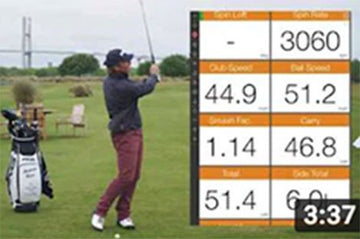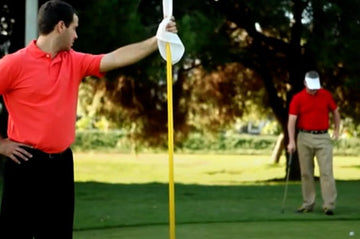Golf Tips: Lateral Hazards
Here's a big Tuesday tip which probably can't cover all of the aspects of lateral hazards, but I'm going to give it a shot.
Defining
A lateral hazard is defined by red stakes and/or red painted lines. What is inside the hazard can vary, but is typically a body of water, streams etc.
A ball is defined as "in the hazard" if any part of the ball breaks the plane which defines the hazard. This is true even if the ball is above or below the hazard line. The margin of the lateral hazard extends vertically up and down.
Options
A player has several options if his/her ball comes to rest in a lateral hazard. The first option is to play the ball as it lies with no penalty. In this case however, the player may not ground the golf club in the hazard or a penalty will be incurred. Also, loose impediments within the hazard may not be moved.
The second option the player has if is to replay the previous shot with a penalty of one stroke. If the shot was a tee shot, the player may re-tee the ball. To clarify this situation, the player would be hitting his/her third shot from the previous location: initial shot (1), penalty stroke (2), and next shot (3).
The third option a player has is to take a drop within two club lengths of the point in which the ball entered the hazard, no nearer the hole, under penalty of one stroke. Simply determine where the ball entered the hazard, drop within two club lengths and the next shot is the 3rd shot.
The fourth option is to take the point in which the ball entered the hazard and drop back in a straight line with the pin as far as desired. This can be a great option if moving back a number of yards can produce a better lie or better angle. Once again, the player will be hitting his/her 3rd shot.
Knowing The Rules
Knowing the rules can help players get the most out of their game and situations like this on the course. It is always a good idea to carry around a rules of golf book in the golf bag to refer to if there's confusion on a particular scenario.



























